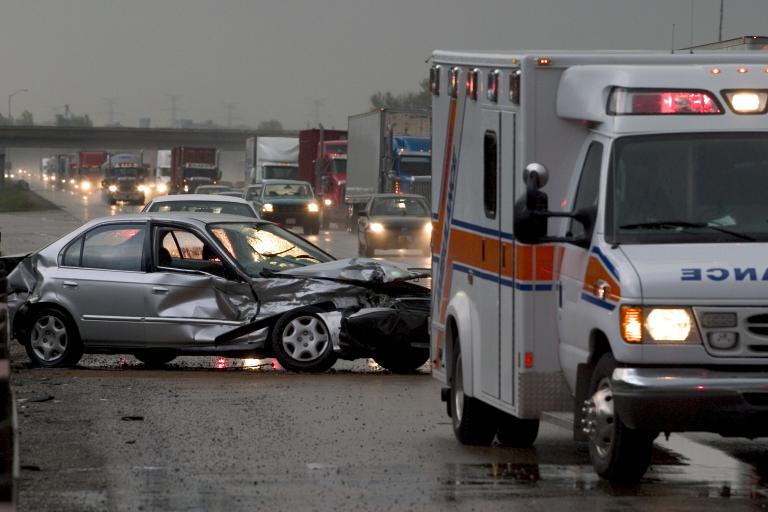UCSD researchers released new data last week showing that that even drivers with a blood alcohol concentration of 0.01 are 46 percent more likely than sober drivers to be blamed by accident investigators for traffic collisions.
UCSD professor David P. Phillips and his co-authors, undergraduate economics student Rebecca Moshfegh and USC Gould School of Law student Ana Luisa Sousa conducted the recent study. They analyzed 570,731 collisions between 1994 and 2011 to reach the conclusion that any combination of drinking and driving poses an increased risk of traffic accidents.
The researchers drew their data from the official U.S. Fatality Analysis Reporting System database, which provides national figures and BAC in percentages. They focused on “buzzed drivers” with BAC levels ranging from 0.01 to 0.07, and within that group, they specifically looked at “minimally buzzed” drivers with a BAC of 0.01.
The study further reveals that the chances of drunk drivers receiving sole official blame for collisions grew in steady increments starting from around BAC levels of 0.02 and ending at around 0.24. The researchers also discovered that the legal limit of 0.08 does not mark the level of inebriation that begins to severely affect driving ability, causing no sudden jump from when “buzzed drivers” go from blameless to blamed.
From 1991 to 2010, the official data shows that traffic collisions are the leading cause of fatalities in the U.S. with 832, 062 deaths, followed by 643, 976 suicides, 393, 512 homicides, and 345,529 unintentional poisonings.
Unlike the U.S., more than 100 countries worldwide have set their BAC legal limits to 0.05 percent or below, such as Thailand, South Korea and Italy. Hoping that the study would urge U.S. legislators to lower the BAC legal limit to 0.05 percent, professor Phillips highlighted the importance of addressing this issue as soon as possible to lower the rate of collisions and save lives.
“Police, judges and the public at large treat BAC 0.08 percent as a ‘sharp, definitive, meaningful boundary’ and do not impose severe penalties on those below the legal limit,” Philips said in a Jan. 16 UCSD News Center release. “[However], that needs to change. The law should reflect what official accident investigators are seeing.”








